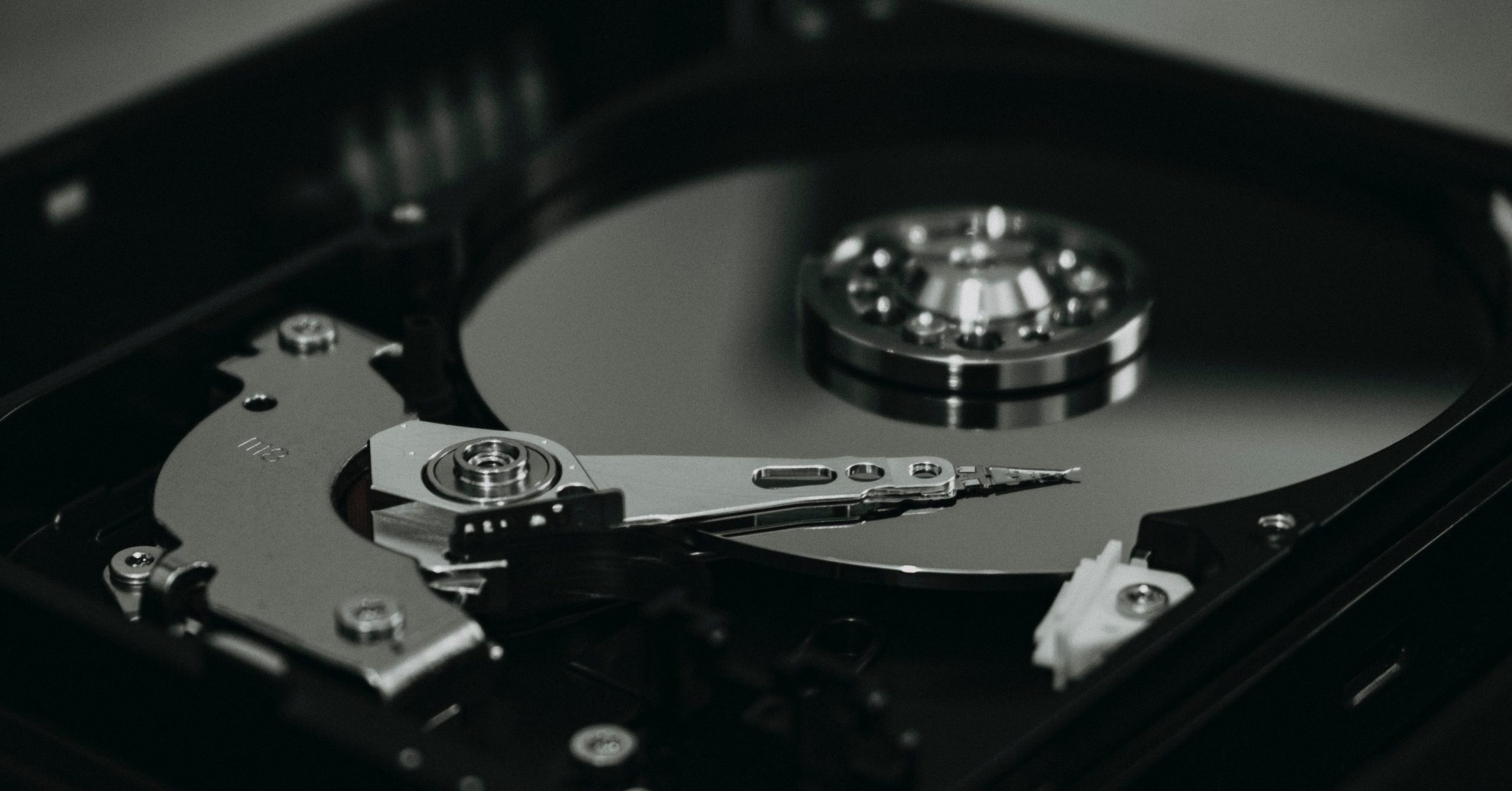Lorsqu'il s'agit de votre disque dur externe ou de votre disque dur à état solide (SSD), les problèmes de déconnexion constante peuvent être tout aussi ennuyeux, en particulier lorsque vous essayez d'accéder à des données importantes.
Tout ce qu'il faut savoir sur la démagnétisation des disques durs

When you hit the delete button, where does your data go? Most users would say the recycle bin or trash. But what comes after? Even though you think you’ve deleted your data, the fact is getting rid of information permanently is harder than you may think.
If a file is superficially deleted, all that really disappears is the computer’s directions to the file. The file’s still there, the computer just doesn’t know how to find the information anymore. And your device treats the space occupied by the deleted data as available, so eventually the information will be overwritten.
Can you irreversibly delete data?
So can you irreversibly delete data? If so, how? The answer is yes, but the process isn’t as simple as you might think.
To permanently delete data, you must use a hard drive degausser. This device harnesses the power of magnets to sanitize digital storage by completely deleting the contents. The National Security Agency (NSA) recommends physically destroying hard drives after degaussing to ensure complete data destruction.
But what is degaussing? Here, you’ll learn all about this foolproof file sanitization process and how you can use degaussing to delete your data.
What is degaussing?
Degaussing is a method of permanently, securely deleting data. This deletion process, often called sanitization, uses the power of magnets to delete any form of magnetic digital storage including hard drives, floppy disks or magnetic tape.
By design, hard drives and other magnetic storage solutions arrange the information they contain on very small magnets. Those magnets are then used to store millions of binary data bits. These components must stay in a very specific order and orientation to successfully save data. The hard drive’s ability to retain information depends on those magnets remaining in their precise order. Upset the order, and your data disappears.
A hard drive degausser uses very strong magnets to overpower the tiny magnets contained within your storage device, rearranging the entire magnetic structure of the drive. When this happens, your data is completely erased and irrecoverable.
But bear in mind the success of this process depends on the strength of the hard drive degausser’s magnet. These devices need to have magnets at least 1.5 times stronger than the magnetic intensity of the storage being deleted—although two to three times stronger is even better.
The more intense the hard drive degausser’s magnet, the greater likelihood the data will be completely, permanently and securely erased. With the right type of magnets in place, the degaussing process only takes a few seconds.
What can degaussing delete?
Degaussing can delete any magnetic-based storage device. This includes hard drives, floppy disks, magnetic tape and more. All of these types of storage rely on magnets to hold their data. Expose them to degaussing’s powerful magnets, and their information is history.
There are, however, a few types of storage that don’t respond to degaussing. Basically, any type of storage that doesn’t rely on magnets, like solid-state drives, cannot be deleted by degaussing. This includes thumb drives, SD cards and more.
If you aren’t sure degaussing is the best solution to delete your data, talk to a data professional who can advise you on the best course of action based on your storage media. Not all storage devices are created equal and neither are drive sanitization methods.
Is degaussing permanent?
Yes, degaussing is permanent. Data stored on a degaussed drive is irrevocably destroyed and has no hope of return or recovery. But as mentioned above, the NSA still recommends taking the added step of physically destroying the device to ensure your data can never be accessed by anyone.
Degaussing is very important if you work with sensitive data or material. Handlers of such information are compelled by law to properly and completely delete this data when no longer needed. This includes, but isn’t limited to, data covered by HIPAA and the GLB-Act.
But what about the storage device, itself? One of the biggest questions users have after degaussing their hard drive is can a degaussed hard drive be reused? No, they cannot.
Once a hard drive or other storage device has been exposed to the degaussing process, the alterations made to the magnetic field will prevent the read heads from ever finding a magnetic reference point. Degaussing a drive irreversibly changes the device’s makeup so the drive can never again be used, let alone read.
How can your hard drive be degaussed?
Hard drive degaussers aren’t pieces of equipment you come by every day. They aren’t a typical piece of hardware, like a printer or flash drive, that people keep around to use when needed. There are some commercial-grade degaussers available on the market, but for the most part, you’ll need a professional to handle this job.
If you need to have a hard drive or other storage media degaussed, look no further than a reliable data recovery company like DriveSavers. They are well-equipped with a strong hard drive degausser to permanently delete data from any magnet-based storage product.
DriveSavers will also go the extra mile and physically destroy your device once degaussed and provide documentation certifying the data has been deleted according to NSA guidelines.
Need to degauss your data and don’t know where to start? Contact DriveSavers today!




